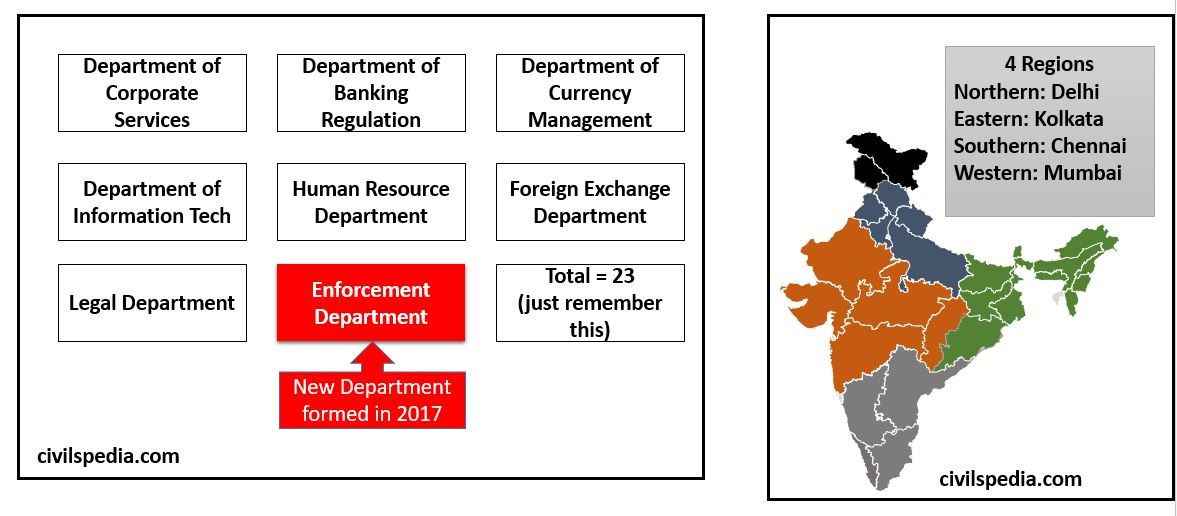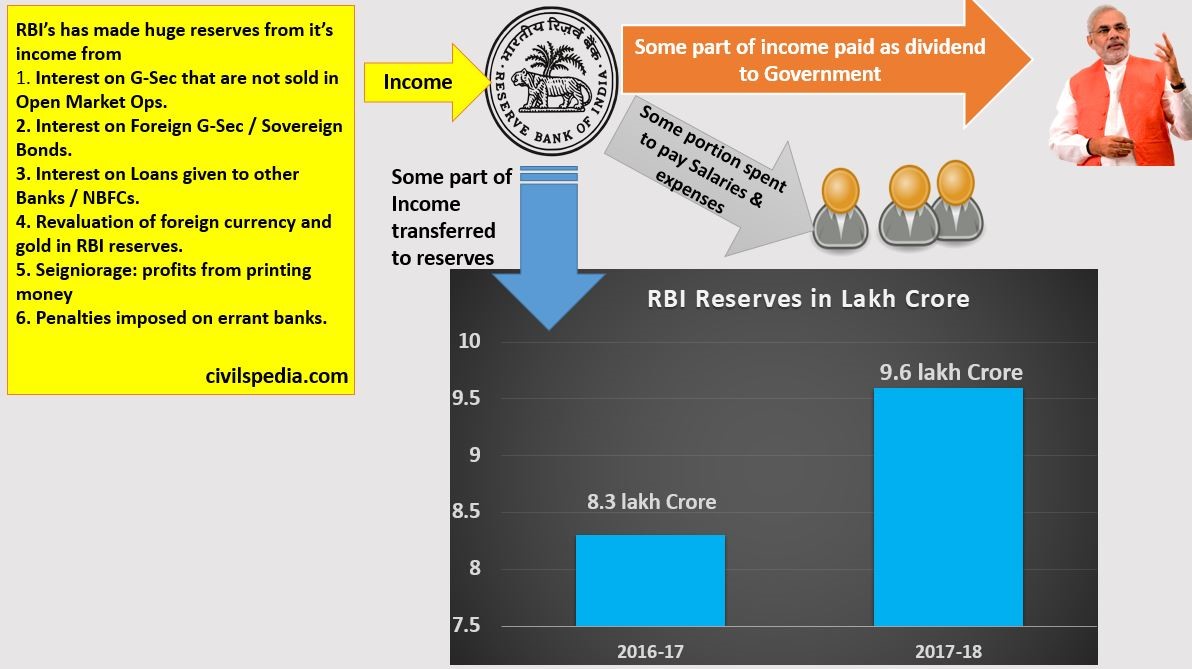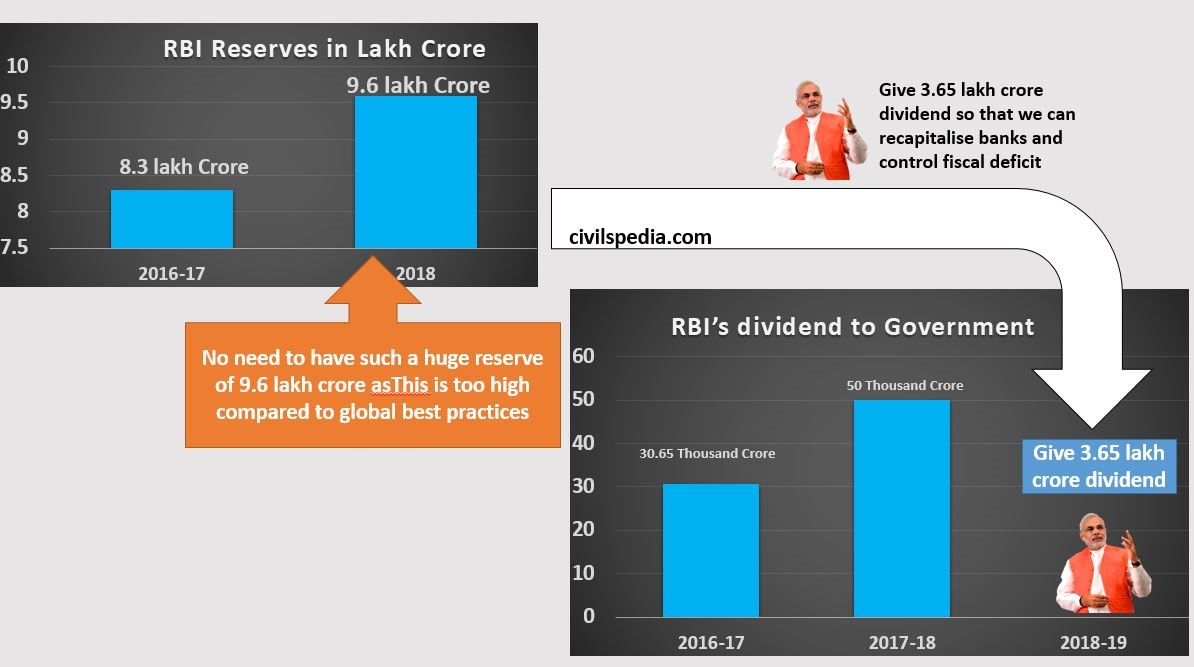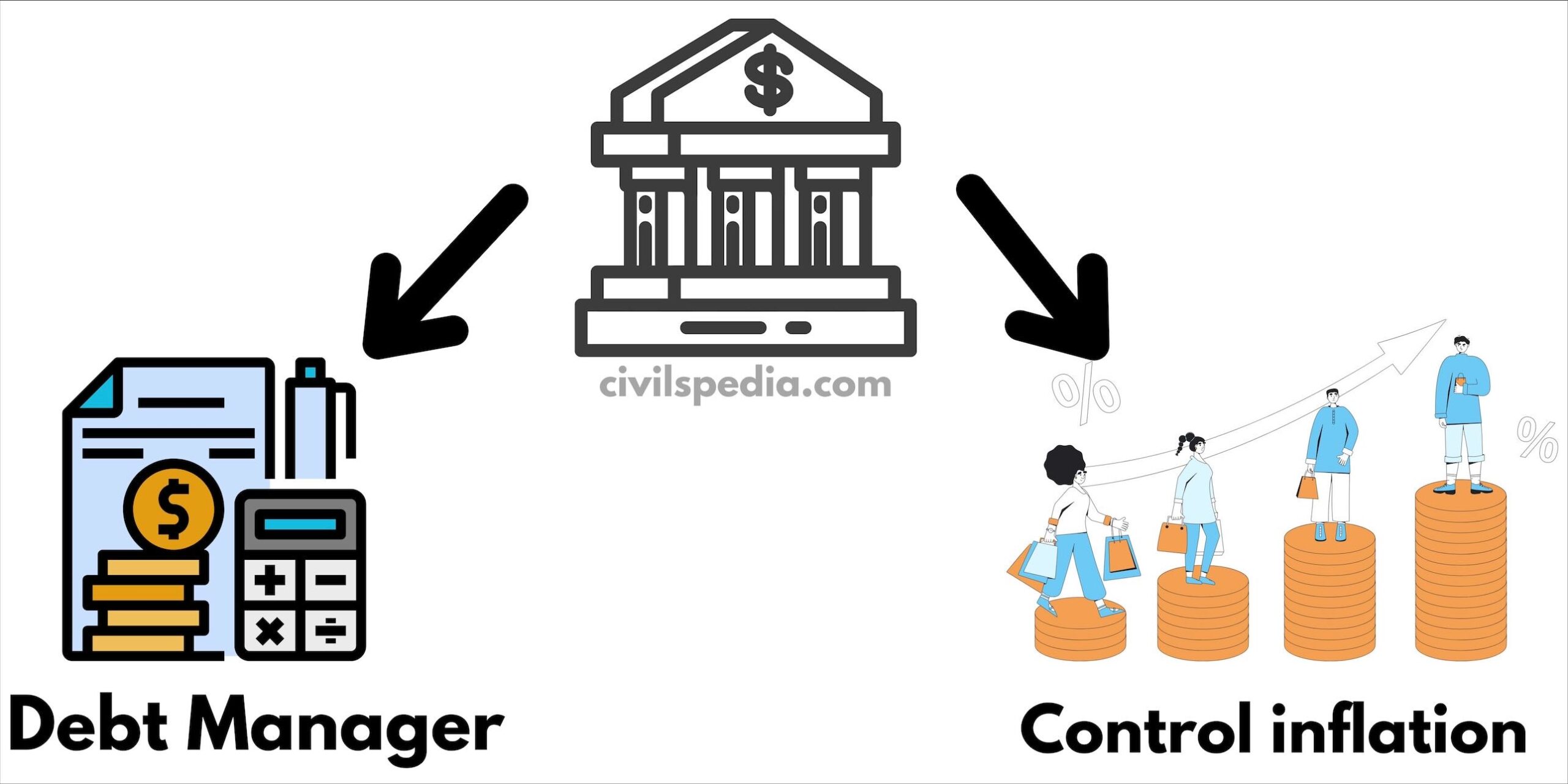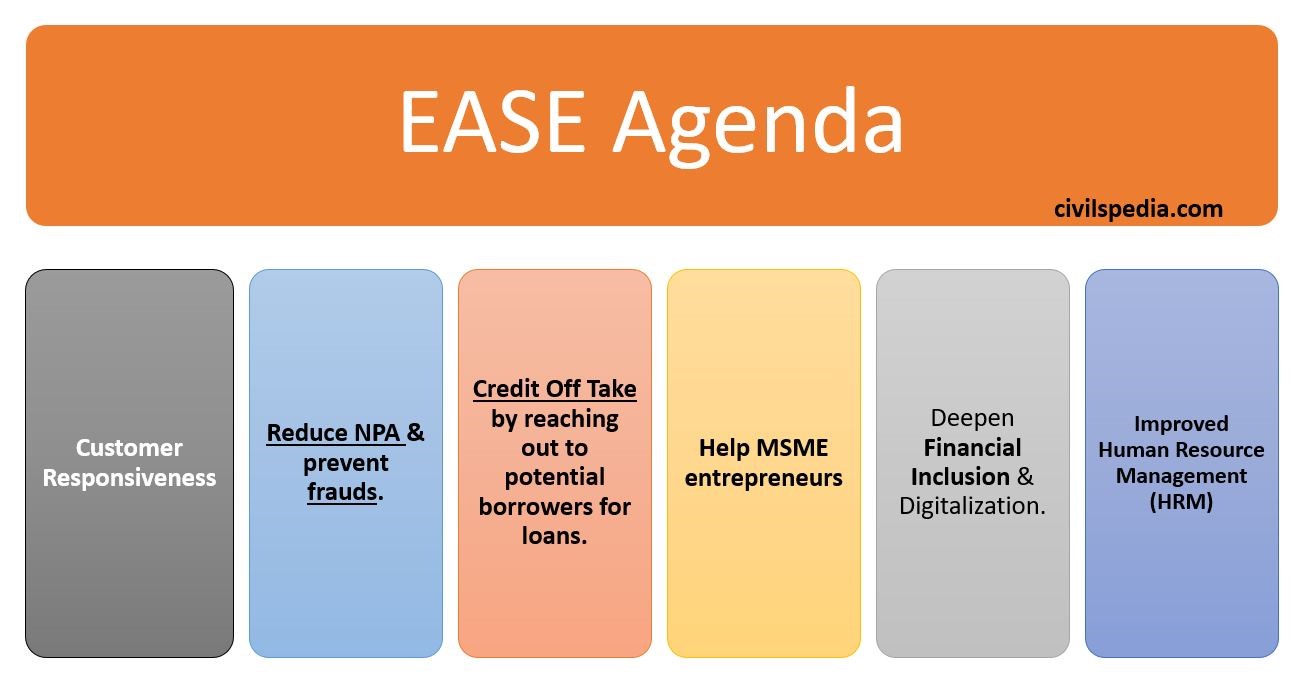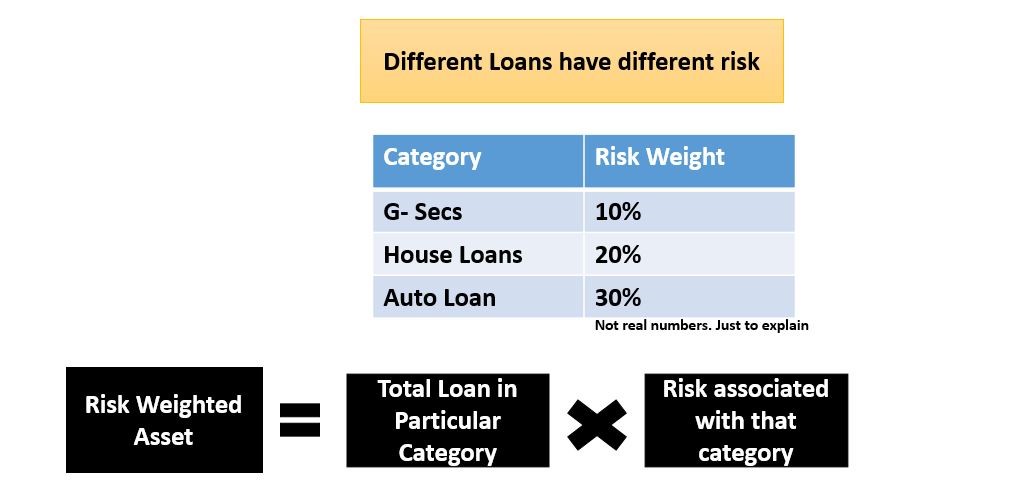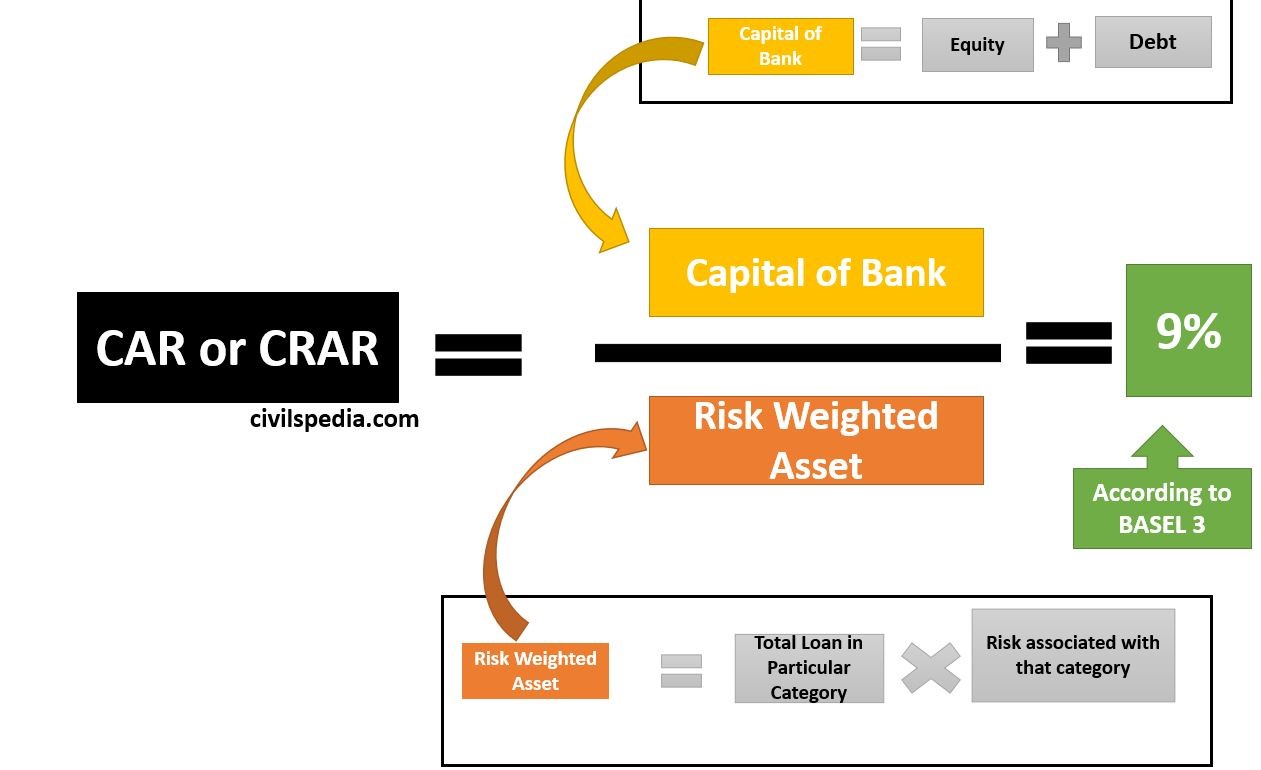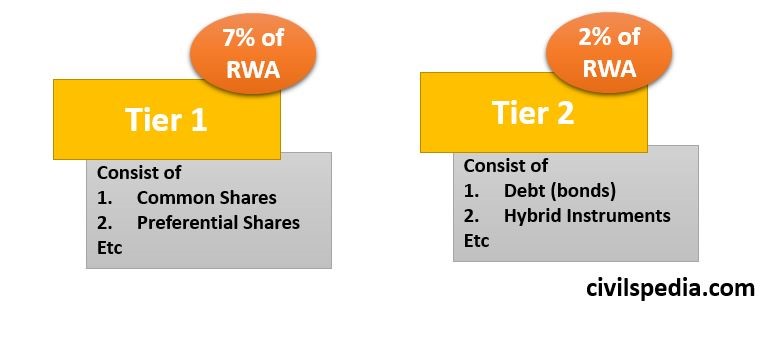Last Updated: Jan 2025 (Plantation Crops of India)
Plantation Crops of India
This article deals with ‘Plantation Crops of India ’ This is part of our series on ‘Geography’, which is an important pillar of the GS-1 syllabus. For more articles, you can click here.
Introduction
- Plantation crops are grown for the purpose of export. In India, they are generally grown in large estates on sloping hills.
- The main plantation crops grown in India are tea, coffee, rubber, and spices.
1. Tea
- Tea is an evergreen plant that mainly grows in tropical and subtropical climates.
- Tea is made from dried leaves of the tea plant. When added to boiling water, the theine in it serves as a stimulant.
- There are at least 6 different types of Tea
- White Tea: Wilted and unoxidized
- Yellow Tea: Unwilted and unoxidized
- Green Tea: Unwilted and unoxidized
- Oolong Tea: Wilted, bruised and partially oxidized
- Black Tea: Wilted /sometimes crushed
- Post-fermented: Allowed to ferment / compost.
History
- Although Tea is said to be indigenous to China, Major Robert Bruce noted in 1823 that tea bushes grew freely on the slopes of upper Assam’s hills.
- In 1840, tea seeds were smuggled out of China, and commercial tea plantations were set up in the Brahmaputra valley.
- Presently, India is second largest producer and the fourth largest tea-exporter in the world.
- Tea industry employs 1.16 million people directly.
Conditions required for growing Tea
| Temperature | The ideal temperature for its growth is 20-30°C. But temperatures above 35°C and below 10°C harm the bushes. |
| Annual Rainfall | 150-300 cm well distributed throughout the year. |
| Specific factors | – Heavy dew and morning fog favour the rapid development of young leaves. – Tea is a shade-loving plant and develops rapidly when planted with shady trees. – Although Tea requires heavy rainfall, stagnant water is detrimental to its roots. Therefore, it is grown on hill slopes where water drains away easily. But nevertheless, if drainage is good, it grows equally well in the valley. |
| Soil | Well drained, rich in humus and iron content soils. |
| Labour required | Tea is labour intensive crop. Cheap and skilled labour is required at the time of plucking the tea leaves. |
Producer States
In India, it is mainly grown in
- North East India (Assam (51%) and Darjeeling hills of West Bengal (22%))
- South India (Nilgiri hills, Cardamom, Palani and Anaimalai Hills)
- North-West India (Kangra Valley and Mandi of Himachal Pradesh and Dehradun, Almora and Garhwal district of Uttarakhand)
Note: Green Tea is produced in the Kangra Valley of Himachal Pradesh.

Side Topic: Darjeeling Tea
- Darjeeling Tea of India is famous worldwide for its unique aroma and taste.
- It has the GI Tag (in fact, it was the first product from India which was granted the GI Tag).
2. Coffee
- Coffee is a brewed beverage made from roasted coffee beans.
- The genus ‘Coffea’ is native to Tropical Africa.
- There are two main varieties of coffee. They are
- Arabica (High quality): 49% of the area under coffee cultivation in India is Arabica
- Robusta (Inferior quality): 51% of the area under coffee cultivation in India is Robusta
History
- The history of coffee in India dates back to around 1600 AD when the Indian Sufi saint named Baba Budan went on a pilgrimage to Mecca. He took seeds of coffee from Mocha, a port city in Yemen, and after returning from his pilgrimage, planted seven seeds of Mocha in his courtyard in Chikmagalur. The coffee plants gradually spread to hills now known as Baba Budan Hills.
Conditions required for growing Coffee
The coffee plant requires very specific conditions.
| Temperature | Varying between 20-27°C (It requires a high temperature and humid climate for rapid growth but a cold and dry climate for ripening of berries) |
| Rainfall | Abundant rainfall between 100 to 200 cm |
| Specific conditions | – Direct sunlight is harmful to coffee plants. Therefore, these are planted in the shade of taller trees, such as bananas. – They require well-drained land, as stagnant water is harmful to coffee plants. Hence, it is grown on slopes receiving orographic rainfall and having a height between 600 m to 1,800 m because these are well-drained and cooler. |
| Labour required | Large labour is required because coffee is to be hand-picked. |
Producer States
- India is the 8th largest producer of coffee globally. (Brazil is the largest producer contributing to 40% of global production).
- India produces 2.5 % of the world’s coffee.
- Karnataka (71%), Kerala (22%) and Tamil Nadu (7%) are the leading producers of coffee in India.
- In 2024, Coffee exports from India has gone above $1 billion compared to $460 million in 2021. European Union followed by UAE and US are the major importers of Indian Coffee.

3. Rubber
- Rubber is a coherent elastic solid obtained from latex.
- A rubber tree is a quick-growing tall tree acquiring 20-30 m height in 5 to 7 years after planting.
- Rubber is used for various purposes like tyres, tubes, erasers and industrial products.
- The first rubber plantations in India were set up in 1895 on the hill slopes of Kerala.
Conditions required for growing Rubber
| Temperature | High temperature between 25 to 35°C |
| Rainfall | High rainfall of above 200 cm, distributed around the year |
| Soil | – Deep well, drained loamy soils on the hill slopes at an elevation ranging from 300 to 450 m above sea level. But yield starts to decline at higher elevations, and no rubber plantations are found above 700 m. – Soil should be acidic, with a pH in the range of 4.5 to 6.0. – Soil should be deficient in phosphorus. |
| Specific conditions | Daily rain followed by a strong sun is beneficial. |
| Labour required | Large labour is required for making a cut and collecting rubber milk. Hence, cheap and abundant labour must be available. |
Producer States
In India, it is produced in Kerala (92%), Tamil Nadu (3%), Kerala (2%) and Andaman and Nicobar (~2%).

4. Spices
- India has been world-famous for its spices since ancient times.
- These spices are mostly used for flavouring cooked food and for preparing medicines, dyes etc.
- Pepper, chillies, turmeric, ginger, cardamom, clove and areca nut are the major spices cultivated in India.
- Kerala is the leading producer of spices in India.









